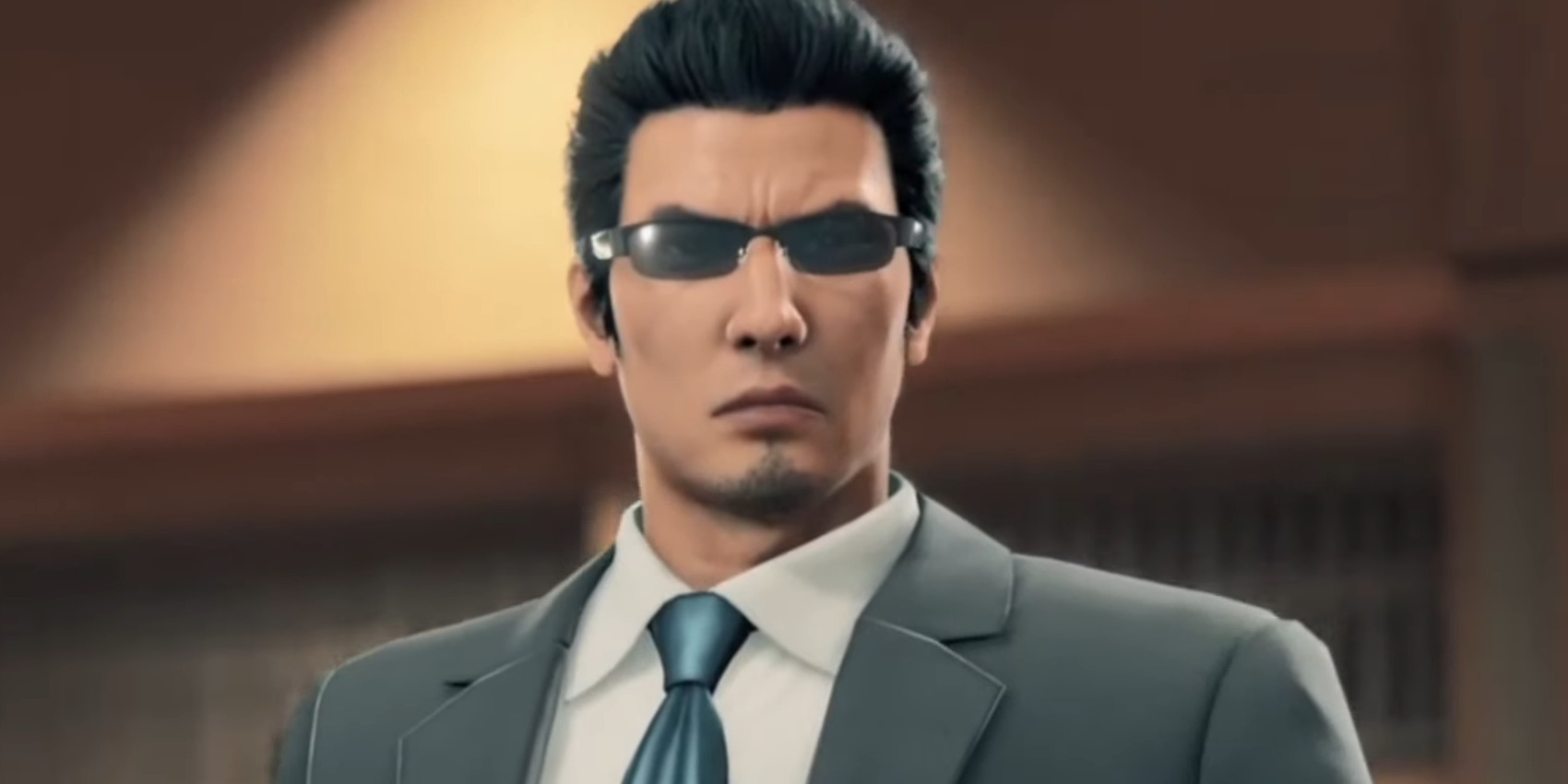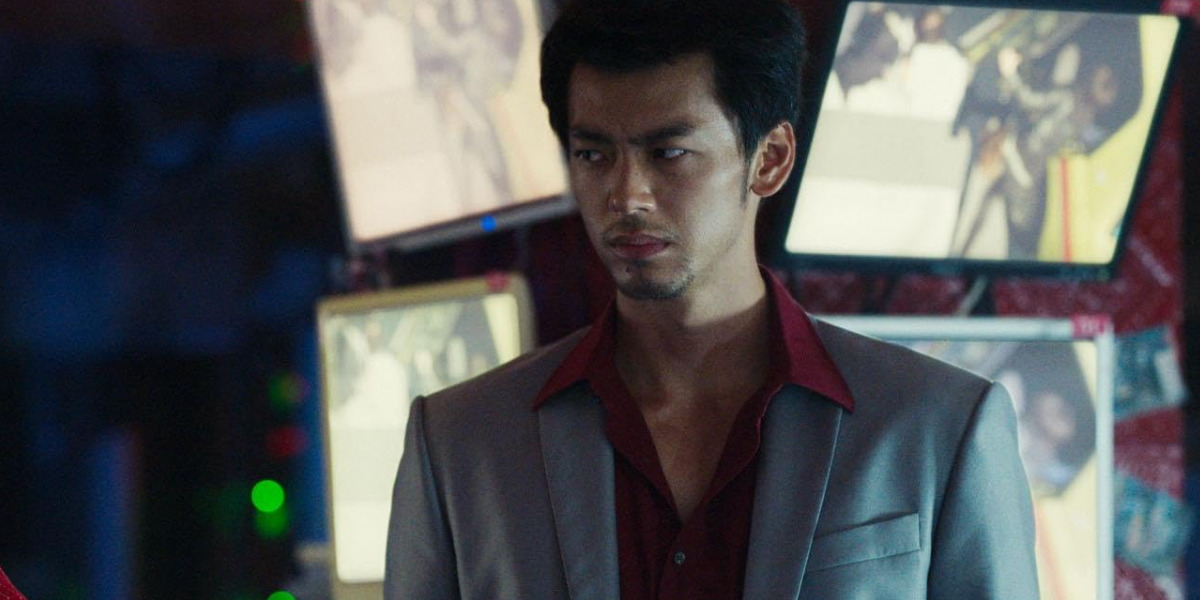Also known as ‘Ryû ga Gotoku ~Beyond the Game~,’ ‘Like a Dragon: Yakuza’ is an action-drama Japanese show that revolves around the criminal underworld of Kamurochō, with the narrative following two inter-connected storylines across a decade. Kazuma Kiryu remains at the center of both storylines as he navigates the Yakuza-run streets alongside his closest friends. In 1995, Kazuma dreams of joining the local crime family to become the Dragon of Dojima. Although the path he and his friends, Nishiki, Miho, and Yumi, tread is dangerous, the young teens successfully carve out a place for themselves among the Tojo Clan.
Nonetheless, a series of unforeseen events lands Kazuma in prison, serving a ten-year murder sentence. By the time he re-enters society, Kamurochō has changed significantly, with Nishiki as the new head of the Dojima Family who stands on the precipice of a war with the Ohmi Clan. Created by Sean Crouch and Yugo Nakamura, the show delves into the Yakuza world through the nuanced dual narrative of the same protagonist. In doing so, it brings forth a realistic recreation of a bygone era for the Japanese mafia organization.
Like a Dragon: Yakuza is a Live-Action Adaptation of a Video Game
With Sean Crouch, Yugo Nakamura, Kana Yamada, and Yasuhiro Yoshida as the writers, ‘Like a Dragon: Yakuza’ presents a fictitiously crafted narrative that holds significant origins in its namesake video game franchise. The ‘Like a Dragon’ franchise, better known as ‘Yakuza,’ is an action-adventure video game series created by Sega that finds its popularity through an engaging crime-action narrative. The games offer a diverse range of gameplay options, from storyline-driven narratives to combat and role-playing elements. Each installment—including the various adaptations through books, film, and even a stage play—remains defined through the franchise’s central focus on the Yakuza.

The franchise found its genesis in 2005 with the release of ‘Yakuza,’ the first title in the video game series. At the time, its creator, Toshihiro Nagoshi, shared his intention to entertain and emphasized how he wanted to create a “powerful, gritty drama” with this game that conveyed a sense of humanity. Over the years, the same core themes have persisted in the franchise as it dives headfirst into the Japanese underworld, mirrored on the screen through the fictional city of Kamurochō. Even so, despite retaining fictional origins, Kamurochō and its depiction of the Yakuza strive to provide a sense of realism.
While this translates to the occasional real-life-inspired character or event, the franchise mostly achieves its authenticity through realistic visual and narrative themes. As such, it bases much of its portrayal of the Yakuza on the reality of the crime organization—even including real Clans in its storylines. Still, the central plot of the games themselves tends to lean heavier on the fictionalized side of things. Thus, much like its source material, the show ‘Like a Dragon: Yakuza’ charts a largely fictional path.
Like a Dragon: Yakuza Presents an Original Story Within the Franchise
Even though ‘Like a Dragon: Yakuza’ adapts Sega’s video game franchise, it offers a unique story of its own without directly recreating any specific installment. The show’s name shares the title of the 2020 video game but remains a stark departure from it. Over time, the franchise has seen a few protagonists, including Tatsuya Ukyo and Ichiban Kasuga from the ‘Like a Dragon: Yakuza’ video game. Yet, Kazuma Kiryu remains the most significant and recognizable primary protagonist in the franchise. Consequently, it’s no surprise that the Amazon Prime adaptation equips Kazuma as its lead character.

While the show retains a lot of Kazuma’s storyline in accordance with the video game’s canon, it also integrates some original elements. For instance, a significant aspect of the show revolves around Kazuma’s hunt after the Demon of Shinjuku, a serial killer who goes around killing Yakuza members. Likewise, it also makes notable changes to the character’s origin story, including his relationship with mentor Shintaro Kazama and the road to his Dragon of Dojima title.
Similarly, other characters, including the aforementioned Shinataro Kazama, Akira Nishikiyama, and Yumi Sawamura, see minor and major changes to their pre-existing storylines. This way, the show maintains a distinct identity without completely cutting ties with its source material. References to the video games and plot points are liberally sprinkled throughout the show, including the traditional inclusion of Goro Majima’s character. Therefore, the show holds much in common with the eponymous video game franchise and expands upon an existing beloved universe.
Read More: Like a Dragon Yakuza Ending, Explained


You must be logged in to post a comment.